- The Digital Bridge with Lawrence Eta
- Posts
- Infrastructure Meets Intelligence: Power, Policy, and People at the Core of Digital Transformation
Infrastructure Meets Intelligence: Power, Policy, and People at the Core of Digital Transformation
Tech News, Global Digital Transformation, Thought Leadership and Current Trends
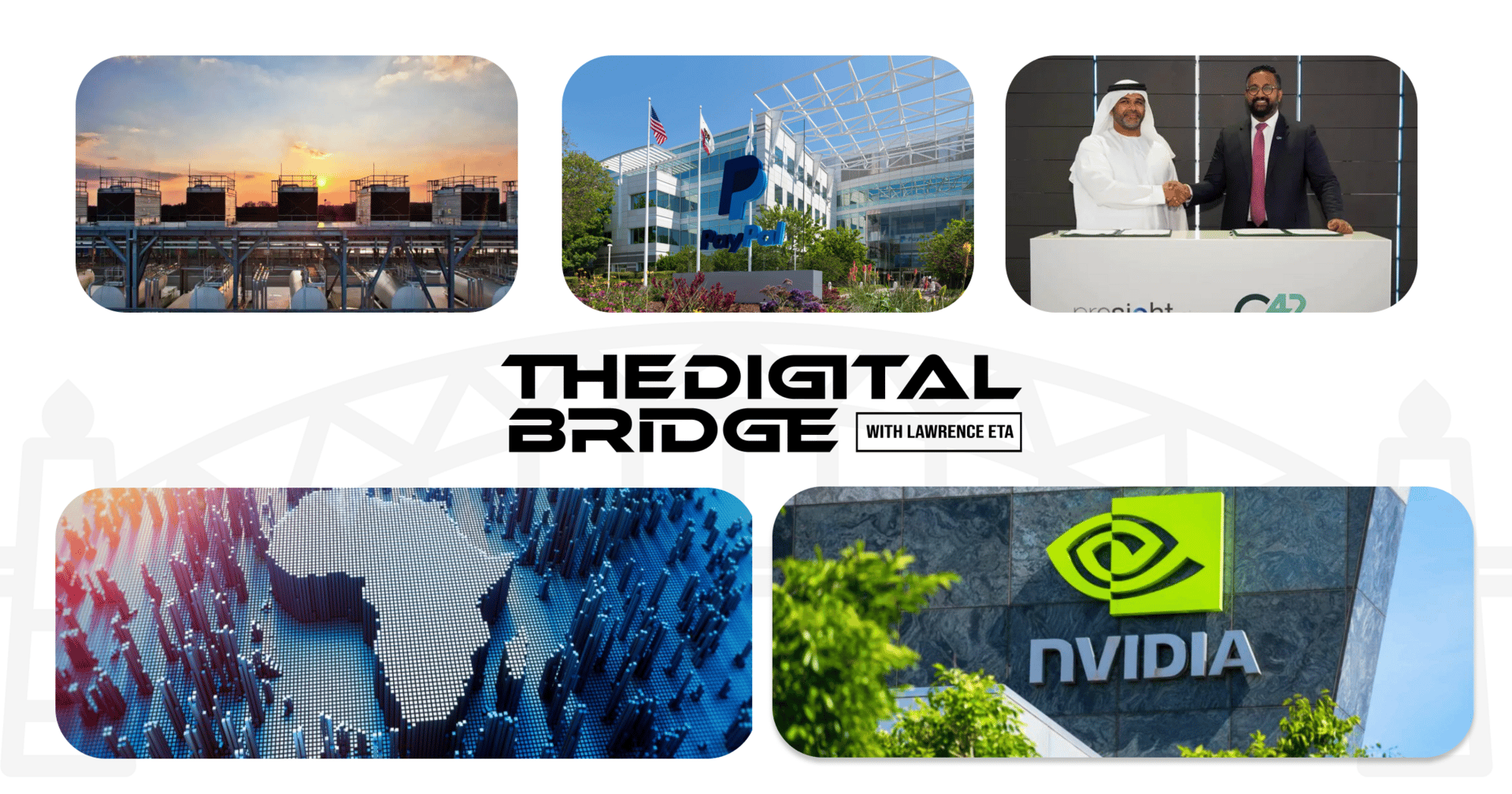

Join 400,000+ executives and professionals who trust The AI Report for daily, practical AI updates.
Built for business—not engineers—this newsletter delivers expert prompts, real-world use cases, and decision-ready insights.
No hype. No jargon. Just results.
Welcome to this week’s edition of The Digital Bridge.
This week’s Digital Bridge connects infrastructure with intelligence, tracing the lines between energy systems, capital flows, governance frameworks, and the talent needed to activate them. From solar-powered data centers in the Gulf to PayPal’s landmark commerce investment in MEA, Burkina Faso’s state-capacity push, and Africa’s maturing AI policy landscape, the through-line is clear: leaders who align power, policy, and people will define the next digital decade.
This week’s edition covers:
GULF DATA CENTRES: Sunlight as a Cooling Strategy: Reframing Gulf Data Centers
FINTECH GROWTH: PayPal’s $100M Commitment: Accelerating Digital Commerce Across MEA
BURKINA FASO X PRESIGHT: Burkina Faso × Presight (G42): Building the Four-Stack for Public Value
AI GROWTH IN AFRICA: Africa’s AI Governance: From Strategy to Deployment
NVDIA & OPENAI: Nvidia’s $100B Compute Allocation: The Arms Race of Infrastructure
GULF DATA CENTRES
Sunlight as a Cooling Strategy: Reframing Gulf Data Centers
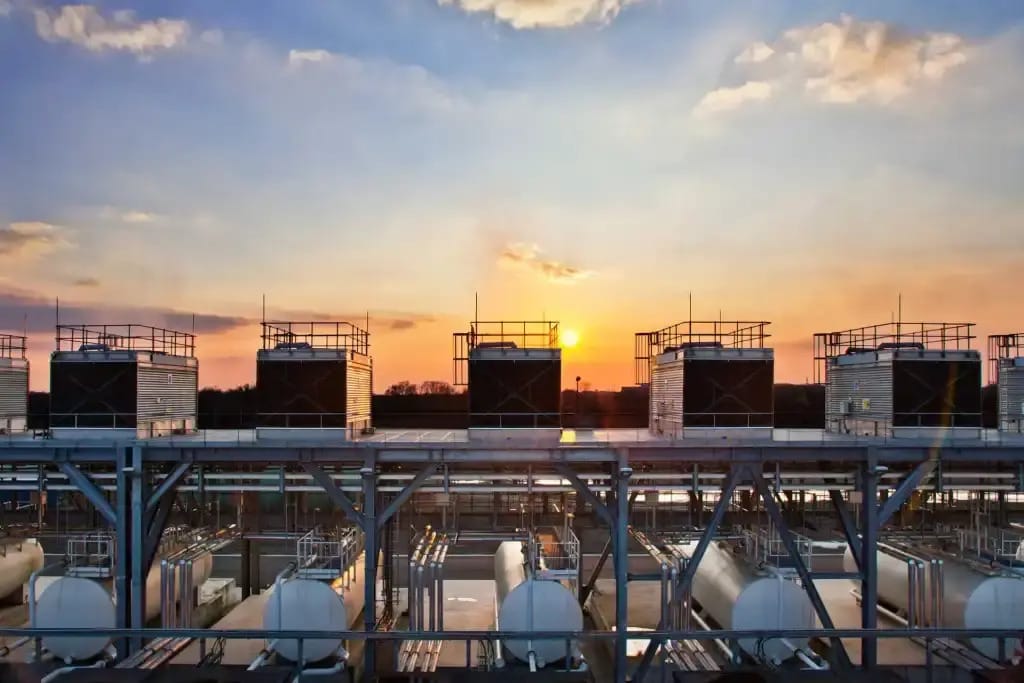
In the Gulf, where scorching heat often strains infrastructure, the conversation around data centers usually focuses on risk: high cooling costs, water demand, and carbon footprints. Yet, at the Autodesk AU 2025 Design & Make Conference, Autodesk CEO Andrew Anagnost reframed the issue: sunlight itself can be an ally.
According to international research, data centers could account for more than 20% of electricity-demand growth through 2030, with water needs scaling in parallel. A single 1 MW facility can consume water equivalent to the daily needs of 300,000 people. This makes conventional cooling unsustainable in regions like Saudi Arabia and the UAE, where water scarcity is already critical.
But if solar power is deployed hyperlocally to drive cooling systems—paired with closed-loop water recirculation—the Gulf can turn its environmental constraints into a competitive advantage. With Saudi Arabia’s Humain AI company planning 100 MW-scale centers in Riyadh and Dammam by 2026, the Kingdom is positioned to set a global benchmark.
Treat cooling as a strategic design opportunity. With hybrid cooling, heat reuse, and solar energy integration, Gulf data centers could move from liability to showcase.
FINTECH GROWTH
PayPal’s $100M Commitment: Accelerating Digital Commerce Across MEA
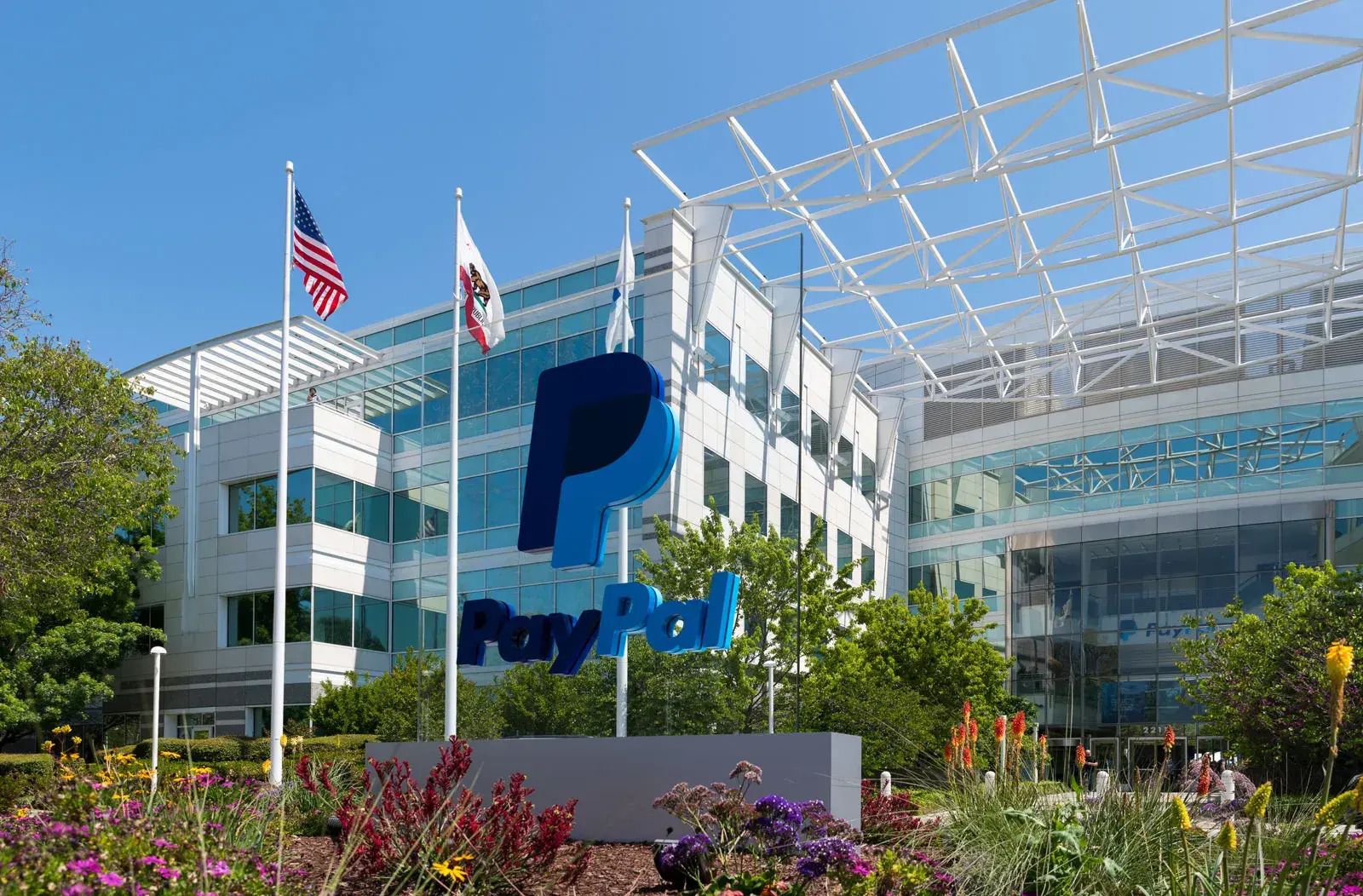
When PayPal announced a $100 million regional commitment spanning the Middle East and Africa, it wasn’t just about money, it was about signaling intent. This is the company’s largest MEA investment to date, structured as a multi-year program touching equity, acquisitions, venture funding, talent development, and technology deployment.
The initiative follows the launch of PayPal’s Dubai hub in April 2025, which serves as a strategic bridge for global commerce capabilities. Already, PayPal Ventures has backed fintech pioneers like Tabby (BNPL across GCC), Paymob (Egypt), and Stitch (South Africa). Each has played a role in reshaping regional commerce, from microtransactions to large-scale enterprise payment flows.
Why now? The MEA digital wallet market is projected to grow fivefold by 2032, while Africa’s domestic e-payments revenues could hit $40B by 2025. Add to this demographics (half the region under 25, smartphone penetration surging beyond 90% in GCC), and the case is compelling.
Yet challenges loom: regulatory fragmentation, cross-border settlement friction, and infrastructure gaps in underserved communities. PayPal’s plan includes regulatory engagement and regulatory sandbox participation to drive innovation in wallets, remittances, and payment rails.
PayPal isn’t just investing, it’s betting that digital commerce will be the connective tissue of MEA’s growth story. Regionalization of payment systems, gateway orchestration, and localized compliance will determine the winners.
BURKINA FASO X PRESIGHT
Burkina Faso × Presight (G42): Building the Four-Stack for Public Value
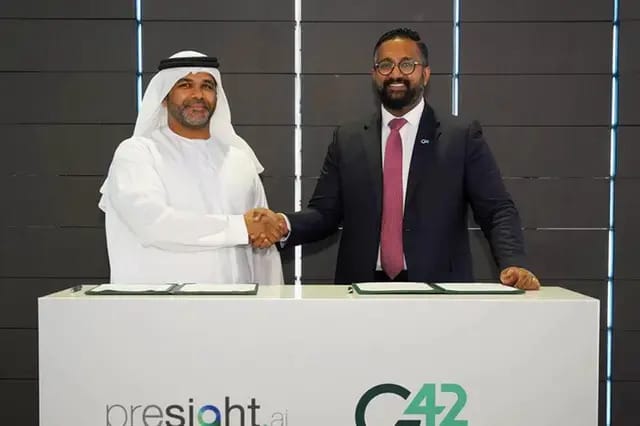
Burkina Faso is not simply chasing “digital transformation” as a buzzword; it is building the scaffolding of state capacity in the digital era. Through its MoU with Presight International Services (a G42 subsidiary), the country is crafting a four-part formula: AI skills, e-government, cybersecurity, and infrastructure.
At first glance, the commitments look straightforward, finish national data centers (already 70% built), expand internet to 500 underserved “white zones,” and roll out a secure digital ID system. But the deeper story is about inclusion and sovereignty. A digital ID, for example, is not just paperwork in pixels; it’s a passport to participate in the economy — from opening a bank account to accessing healthcare. Data centers, meanwhile, keep sensitive national data within borders, reducing dependence on foreign hosts.
This approach is also distinctly regional. By aligning with Ghana on spectrum issues and with ECOWAS on free roaming, Burkina Faso is making a statement: digital economies are porous by nature. The future won’t belong to isolated digital islands but to networks that interconnect seamlessly across borders.
Burkina Faso is showing that digital infrastructure must be braided with trust, inclusion, and interoperability. Skills, ID, connectivity, and security are not separate pillars but interlocking supports. The lesson is clear: countries that treat tech as a governance tool, not just a gadget rollout, will unlock the real dividends of transformation.
AI GROWTH IN AFRICA:
Africa’s AI Governance: From Strategy to Deployment
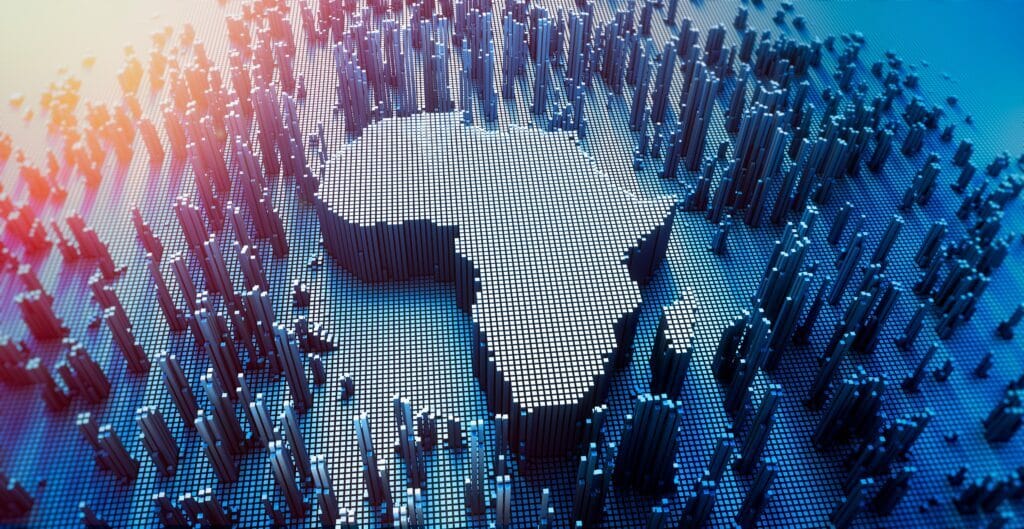
Across Africa, the language of AI has shifted. It is no longer the talk of distant futures but the grammar of policy documents, cabinet discussions, and regional summits. According to the Carnegie Africa Program and the AfTech tracker, more countries than ever are rolling out national AI strategies, focusing on agriculture, health, and government services.
But strategies are only as good as the soil they grow in. The continent’s undersea cables, the arteries of digital connectivity, remain both its great enabler and its Achilles’ heel. Without resilient infrastructure, lofty ambitions risk collapsing under the weight of bandwidth bottlenecks and outages. Diplomatically, African states are also navigating new terrain. The U.S., EU, China, and Gulf partners are each vying for influence, offering funding, standards, and technology, with strings attached.
The real test lies in execution. Can these strategies turn into interoperable standards? Can ministries shift from pilot projects to scaled services that touch millions of citizens? And can Africa cultivate the AI talent base needed to not only consume solutions but create them?
Africa’s AI moment will be defined not by how many strategies are written but by how many services actually work. The countries that secure infrastructure, harmonize policies, and train a generation of AI creators will shape not only their own futures but also Africa’s role in the global digital order.
NVIDIA & OPENAI:
Nvidia’s $100B Compute Allocation: The Arms Race of Infrastructure
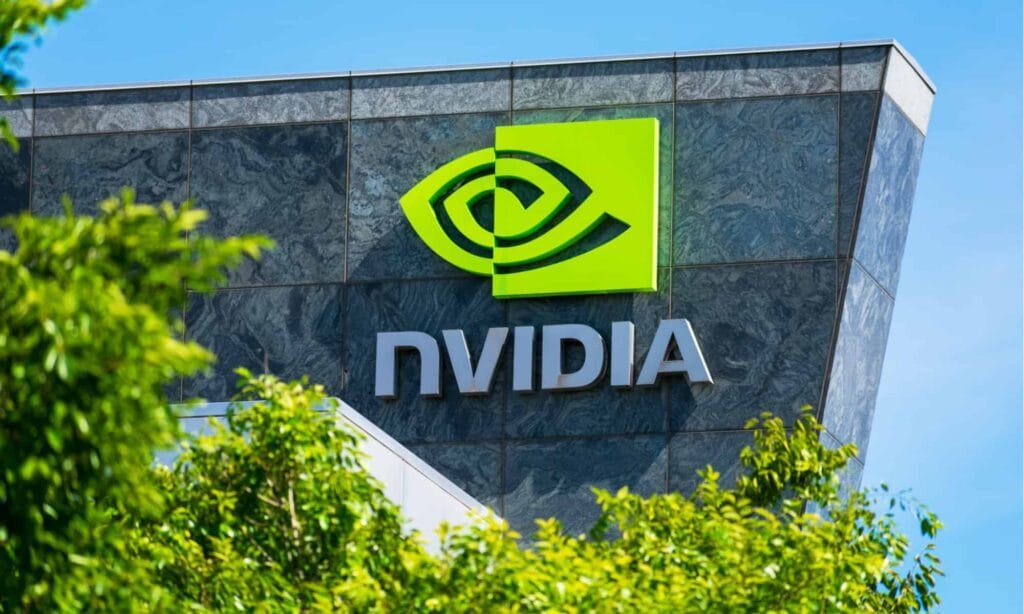
When news broke that Nvidia may allocate $100 billion to provide 10 gigawatts of compute for OpenAI, it landed less like a corporate announcement and more like a geopolitical thunderclap. Ten gigawatts, enough power to rival the consumption of some nations, signals that AI infrastructure has entered the age of mega-projects.
This is not about GPUs in a lab. It is about entire ecosystems: utilities straining to meet demand, engineers designing cooling systems capable of handling unprecedented thermal loads, and regulators scrambling to understand how to classify compute capacity, as a commodity, a public good, or a corporate asset. The ripple effects are vast: from construction firms and chip foundries to cooling innovators and renewable energy developers.
But the bigger picture is power, both electrical and geopolitical. Compute is fast becoming the new currency of influence. Nations without access risk dependency on those that control it. Just as oil shaped the 20th century, compute is shaping the 21st.
Leaders must start treating compute as strategic infrastructure. It demands the same foresight as ports, grids, or highways. Those who align power, cooling, and compute into coherent long-term plans will set the tempo of the AI era, everyone else will follow.
Final Thoughts
Infrastructure Meets Intelligence: Building Systems That Scale
What this week’s signals reveal is that digital transformation is no longer a matter of isolated projects, it is a systems game. Data centers in the Gulf show us that sustainability and scale can co-exist when design is deliberate. PayPal’s bold investment across MEA highlights the power of capital when it is paired with talent and technology. Burkina Faso reminds us that inclusion and trust are the true foundations of digital economies. Africa’s AI governance journey illustrates that policy must translate into practice. And Nvidia’s $100B headline demonstrates the sheer scale of what the AI era now demands.
The common thread? Leadership that thinks beyond the immediate horizon. It is no longer enough to build apps or adopt tools, nations and companies alike must weave infrastructure, policy, and people into resilient systems. Only then will today’s experiments become tomorrow’s platforms.
The future belongs to those who recognize that transformation is not about technology alone; it is about vision, governance, and courage to align resources for the long term.
Don’t miss out on future updates, follow me on social media for the latest news, behind-the-scenes content, and more:
Twitter: Click here
Facebook: Click here
Instagram: Click here
LinkedIn: Click here
Enjoyed this newsletter? Share it with friends and help us spread the word!
Until next time, happy reading!
JOIN THE COMMUNITY
The Bridging Worlds Book
Discover Bridging Worlds, a thought-provoking book on technology, leadership, and public service. Explore Lawrence’s insights on how technology is reshaping the landscape and the core principles of effective leadership in the digital age.
Order your copy today and explore the future of leadership and technology.
SHARE YOUR THOUGHTS
We value your feedback!
Your thoughts and opinions help us improve our newsletter. Please take a moment to let us know what you think.
How would you rate this newsletter? |


Reply